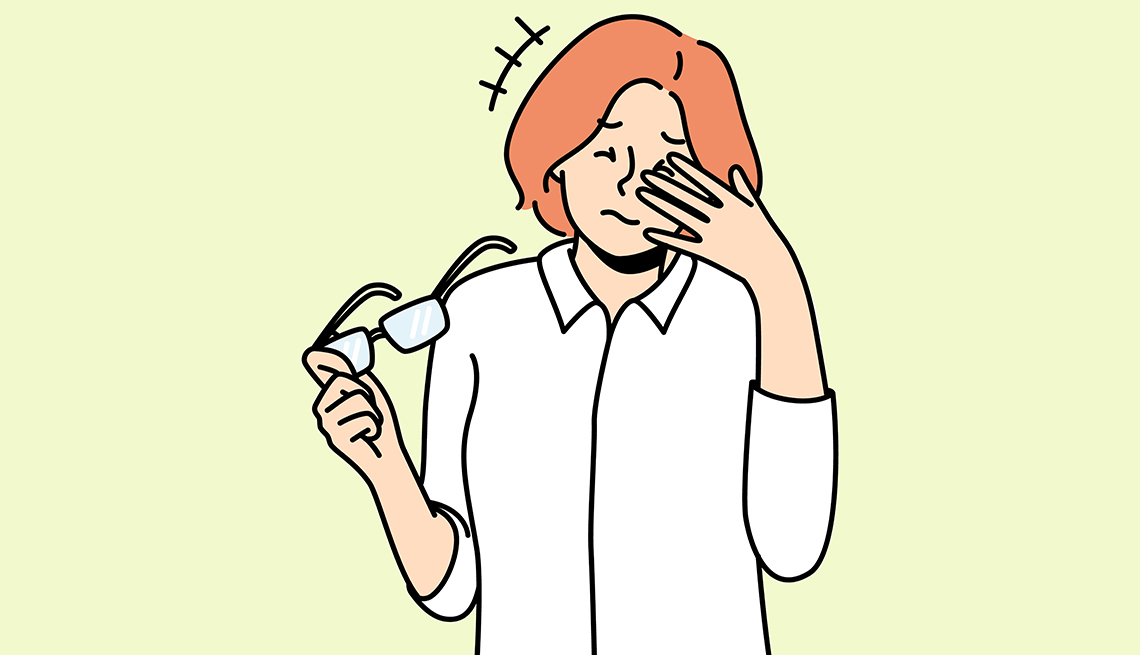Play all audios:
Sudden numbness or weakness in the face, an arm or leg; trouble speaking, seeing, or walking — these are all classic symptoms of a stroke, or what’s often thought of as a brain attack. In
the same way blood flow to the heart muscle is blocked during a heart attack, a stroke occurs when something prevents blood from making its way to the brain; a stroke can also happen when a
blood vessel in the brain bursts. Either way, the brain is damaged. At least 20 percent of the time, however, all or some of the same symptoms are not signs of a stroke; they’re signs of
what’s known as a stroke mimic. Conditions that can come off as a stroke include seizures, migraines, and high or low blood sugar. “Symptoms in stroke mimics can be very similar to an actual
stroke,” says Jayne Zhang, M.D., an assistant professor of neurology at Johns Hopkins School of Medicine. “It’s very difficult to differentiate, so it’s important to go to the hospital when
you have these symptoms — regardless of what it is. We don’t ever want to miss a stroke.” Strokes can be treated, but time is of the essence. Each moment a stroke goes untreated, the
nervous tissue in the brain is irreversibly damaged. That’s why it’s important to call 911 if you or a loved one experiences even stroke-like symptoms. “There is a very narrow window — up to
four and a half hours from the onset of symptoms — to get to the ER for treatment,” Zhang says. “A lot of people miss out on the opportunity because they don’t know they need to come in
within that time frame or as soon as possible.” But what if you’re that 1 in 5 who is experiencing a stroke mimic and you receive treatment for a stroke? One study published in 2021 in
_Annals of Medicine_ found that a significant number of patients who received thrombolysis — a clot-busting treatment for ischemic stroke, by far the most common kind of stroke — were
actually experiencing a stroke mimic. “It’s important to go to the hospital when you have these symptoms — regardless of what it is. We don’t ever want to miss a stroke.” — Jayne Zhang,
M.D., assistant professor of neurology at Johns Hopkins School of Medicine There is a risk that misdiagnosis and inadvertent treatment may lead to serious injury, like internal bleeding.
However, “the overall benefit is greater than the risk of bleeding in the setting of a stroke mimic,” says Deepak Gulati, M.D., a neurologist who specializes in treating stroke patients at
the Ohio State University Wexner Medical Center. That’s especially true, he adds, “given the fact that stroke is a leading cause of disability and fifth common cause of death.” In other
words: With stroke mimics, it’s best to err on the side of caution, particularly for older people, since age is a risk factor for stroke. “The incidence of stroke is common in people over
50, and goes up significantly after the age of 60,” Gulati says. This is “due to increasing prevalence of conditions known to increase stroke risk — for example, high blood pressure, obesity
and diabetes.”

